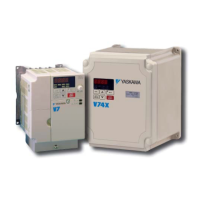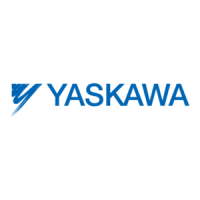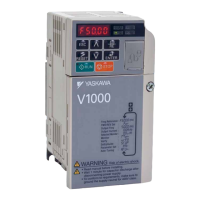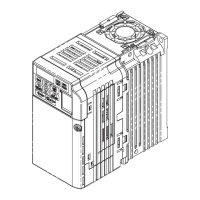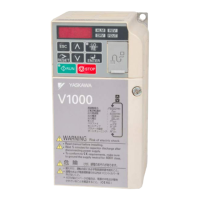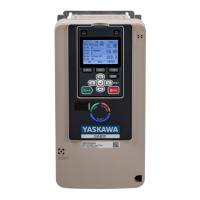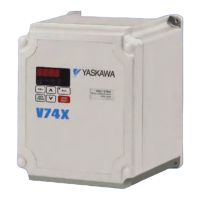Setting 1: Enabled
Slip compensation is enabled during regenerative operation. It will not be active at output frequencies below 6 Hz.
n
C3-05: Output Voltage Limit Operation Selection
Determines if the motor flux reference is automatically reduced when output voltage reaches the saturation range.
No. Parameter Name Setting Range Default
C3-05 Output Voltage Limit Operation Selection 0 or 1 0
Setting 0: Disabled
Setting 1: Enabled
u
C4: Torque Compensation
The torque compensation function compensates for insufficient torque production at start-up or when a load is applied.
Note: Before making changes to the torque compensation parameters make sure the motor parameters and V/f pattern are set properly or
perform Auto-Tuning.
n
C4-01: Torque Compensation Gain
Sets the gain for the torque compensation function.
No. Parameter Name Setting Range Default
C4-01 Torque Compensation Gain 0.00 to 2.50
Determined by
A1-02
Torque Compensation in V/f Control:
The drive calculates the motor primary voltage loss
using the output current and the terminal resistance value (E2-05) and
then adjusts the output voltage to compensate insufficient torque at start or when load is applied. The effect of this voltage
compensation can be increased or decreased using parameter C4-01.
Torque Compensation in Open Loop Vector Control:
The drive controls the motor excitation current and torque producing current separately. Torque compensation affects the
torque producing current only. C4-01 works as a factor of the torque reference value that builds the torque producing
current reference.
Adjustment
Although this parameter rarely needs to be adjusted, small changes in increments of 0.05 may help in the following
situations:
• Increase this setting when using a long motor cable.
• Decrease this setting when motor oscillation occurs.
Adjust C4-01 so that the output current does not exceed the drive rated current.
n
C4-02: Torque Compensation Primary Delay Time 1
Sets the delay time used for applying torque compensation.
No. Parameter Name Setting Range Default
C4-02 Torque Compensation Primary Delay Time 1 0 to 60000 ms
Determined by
A1-02
Adjustment
Although C4-02 rarely needs to be changed, adjustments may help in the following situations:
• If the motor vibrates, increase C4-02.
• If the motor responds too slowly to changes in the load, decrease C4-02.
n
C4-03: Torque Compensation at Forward Start (OLV only)
Sets the amount of torque at
start in the forward direction in order to improve motor performance during start with heavy
load. Compensation is applied using the time constant set in parameter C4-05. A setting of 0.0% disables this feature.
No. Parameter Name Setting Range Default
C4-03 Torque Compensation at Forward Start 0.0 to 200.0% 0.0%
5.3 C: Tuning
YASKAWA ELECTRIC SIEP C710606 16C YASKAWA AC Drive – V1000 Technical Manual
147
5
Parameter Details
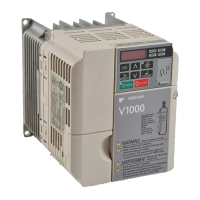
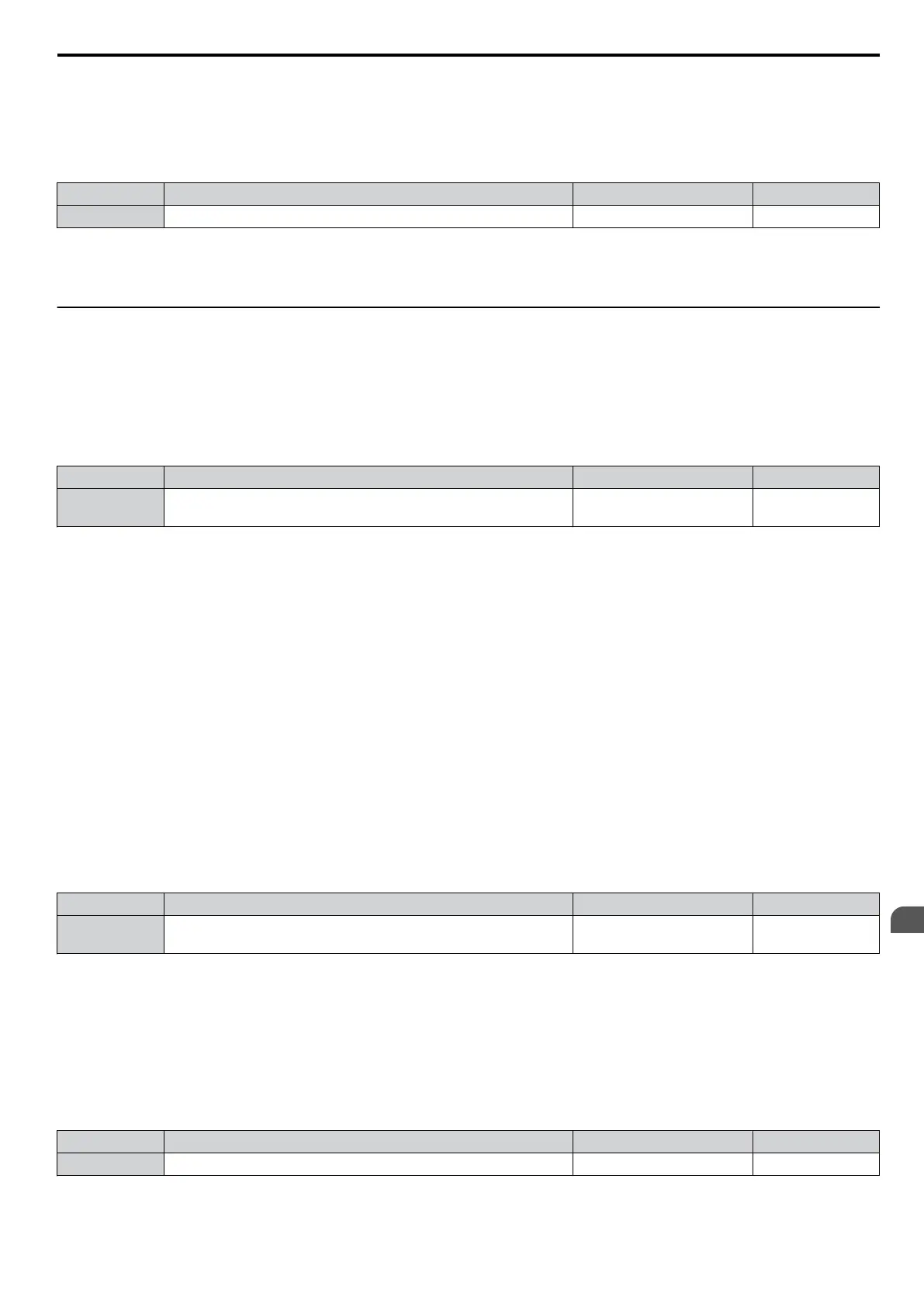